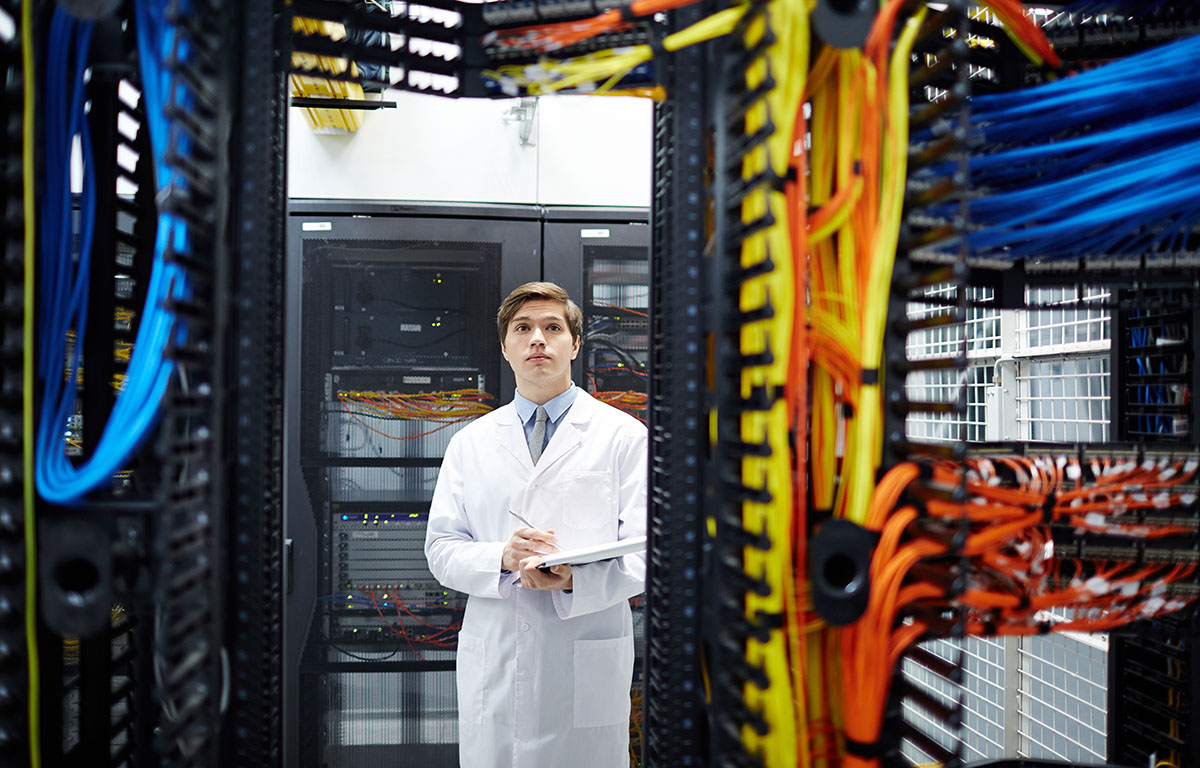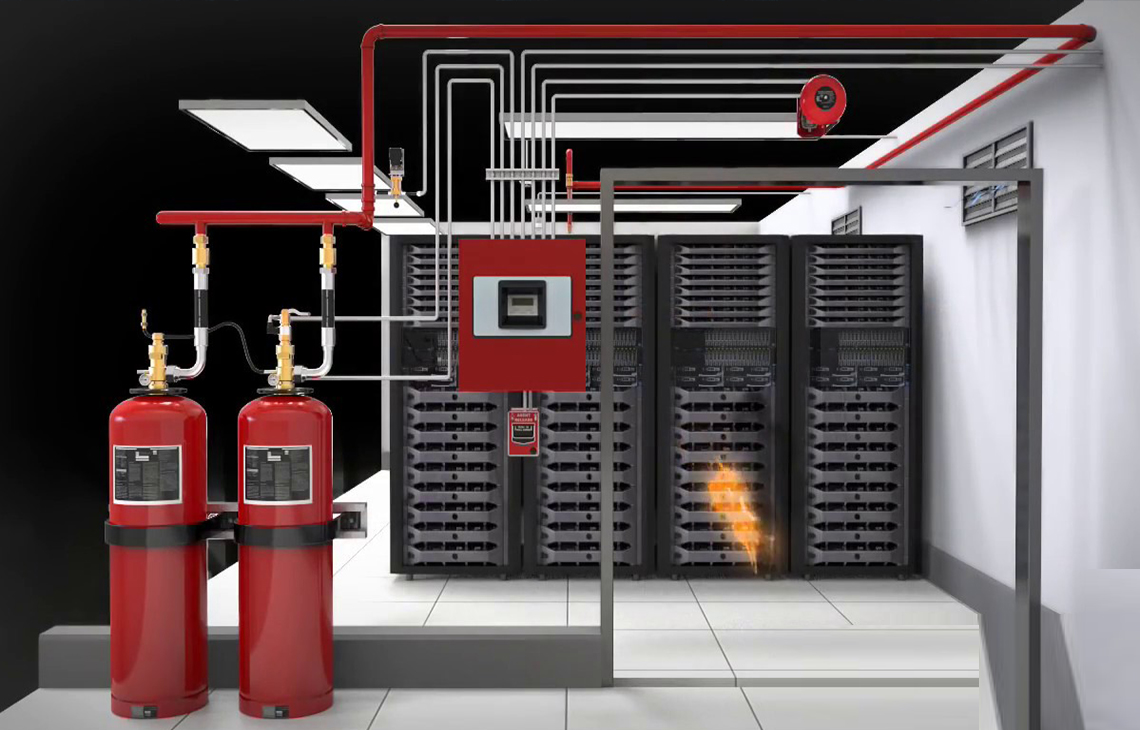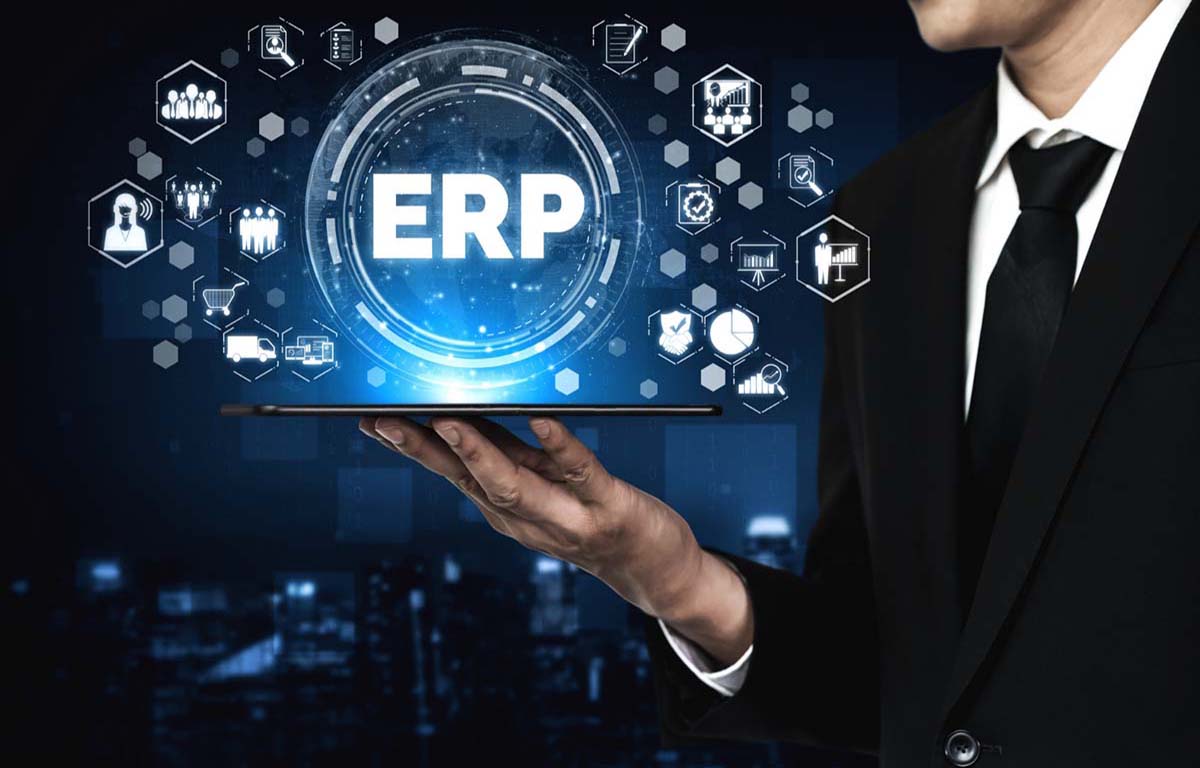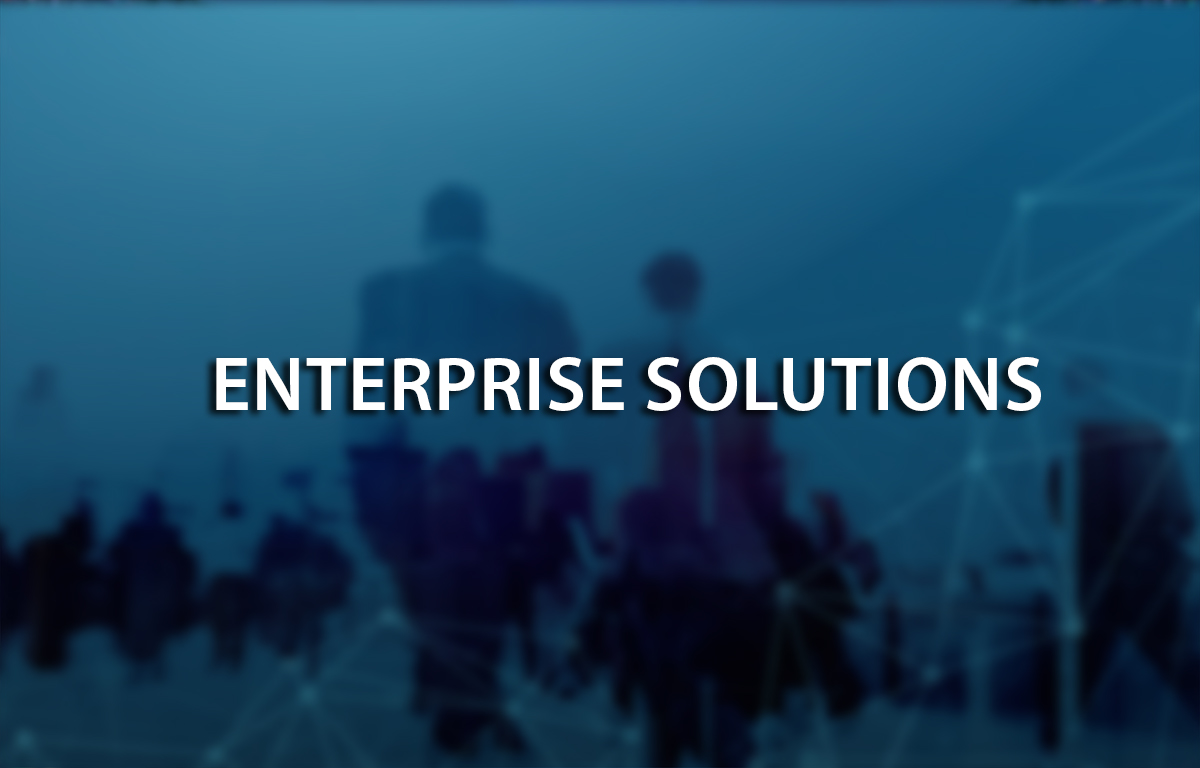Data center design and implementation best practices
Data centers are a critical part of businesses and organizations, and they play a key role in the overall operation. In order to maintain optimal performance, data center design and implementation must adhere to best practices. By following these guidelines, data centers can ensure that they remain reliable and efficient.
What are the key components of a data center infrastructure?
Facility
A data center facility that houses computers and associated telecommunications equipment. The physical location of a data center can be an important security issue, as access to the facility must be controlled carefully. In addition, floor space must be allocated carefully to ensure that the computers and telecommunications equipment can be housed in an efficient manner.
Power System
Power systems datacenter component can save energy and improve efficiency. To achieve this, a few things need to happen.
- First, the power needs to be monitored in real-time so that wasteful activities can be identified and corrected.
- Second, components need to run at maximum efficiency to minimize total power consumption.
- Third, an emergency power system should be able to provide enough power for critical systems in the event of a power failure.
- Fourth, proper cooling and ventilation are essential for preventing equipment from overloading and overheating.
- Finally, UPSs must be used in tandem with other power management strategies in order to ensure a reliable supply of electricity during outages.
Cooling System
- Overheating and failing cooling systems are a common problem in datacenters. Poor data center design can draw heavy power and increase the cost. Humidity can also play a role in poor cooling system design, as it can make the air less able to dissipate heat.
- Datacenter operators should ensure that their cooling systems are designed well and draw minimal power to avoid these problems.
Server Infrastructure
Racks, blades, and tower servers are the three main types of server infrastructure components.
- Racks are typically the most popular type of server infrastructure. They are made up of many individual boxes that are connected together so that they form a single computer system. This makes it easy to add or remove servers as needed.
- Blades are similar to racks in that they contain many individual servers, but they're smaller and more portable. They are ideal for businesses that need to set up temporary or mobile computer systems.
- Tower servers are the largest and most expensive type of server architecture. They are usually used by large organizations with thousands of computers requiring centralized computing power.
Network Infrastructure
Network data center components include routers, switches, security appliances and firewalls.
- Routers are used to connect devices within the network and can be divided into three categories: backbone routers, core routers and access Routers.
- Backbone routers connect the different switches in the data center
- Core routers provide routing and switching services to the other nodes within the network.
- Access Routers are responsible for providing connectivity to devices outside of the network.
- Switches serve as intermediaries between devices on the network and provide a way to route traffic between networks.
- Security appliances and firewalls protect networks by identifying threats and neutralizing them before they can harm or steal information and preventing unauthorized access to resources inside the network.
Storage Infrastructure
A data center infrastructure is essential for storing and managing large amounts of information. In order to keep your data safe and accessible, it is necessary to have a reliable storage solution.
There are a variety of storage solutions, each with its own benefits and drawbacks.
- SAN (Storage Area Networks) can provide fast access to stored data
- DAS (Distributed Storage) can scale up or down as needed.
- NAS (Network Attached Storage) systems allow users to share files between different devices, making them a popular choice for small businesses with limited storage space.
- Tape libraries are still commonly used in data centers, due to their reliability and low cost.
What are data center design best practices?
The physical layout of a data center is just as important as the logical layout when planning and designing the facility. The following are some of the best practices for designing a data center with optimal physical layout:
Power Usage Measurement
Designing a data center requires understanding how power usage effectiveness (PUE) affects the overall efficiency of the facility. PUE is a key metric used to assess the overall performance of data centers and can be used to identify areas where improvement can be made. The design of a data center is an important decision that affects the efficiency and cost of running the facility. One way to improve a data center’s PUE is to reduce the amount of active power used. This can be done by using less powerful equipment, upgrading older equipment, or using energy-efficient methods such as virtualization.
Airflow Management
By implementing best practices for airflow management, eliminating hot spots, and utilizing high-efficiency HVAC systems, it is possible to create a data center that is both environmentally friendly and economical.
Creating ideal air circulation channels allows the exchange of fresh air and circulating devices such as fans and pumps. In poorly designed data centers, drafts can cause excessive amounts of heat to build up in certain areas. This can result in excessive noise levels, power consumption, and even fire hazards.
To minimize the risk of drafts, it is important to install ceiling fans throughout the facility.
Temperature Management
The more you reduce room temperature, the more you expensive it is ! To maintain optimum temperatures in data centers, it is important to adhere to a few specific design best practices. Most importantly, keep the temperature around 27 degrees Celsius (80 degrees Fahrenheit) instead of running a cold aisle around 20 degrees Celsius (70 degrees Fahrenheit). Additionally, avoid exceeding 50% relative humidity.
Cooling Alternatives
Different areas of the world have different climates, which can affect the choice of cooling system and reducing conventional HVAC use can help reduce energy costs, while also reducing greenhouse gas emissions.
There are several cooling alternatives available:
- Free cool: This approach utilizes natural coolants such as ambient air and rainwater.
- Chilled water: This approach uses cold water from a refrigerator or ice machine to create chilled air.
- Air-side economizers: These devices use outside air to temper the interior temperature of a data center.
Effectively distribute electrical power
Reduce power losses by consolidating the power conversion steps as possible. Data center energy efficiency is often lost because of inefficiency in power and handling and distribution devices, including transformers, PDUs, and UPS equipment. Use high-efficiency power distribution gear and minimize them.
Monitoring , Measuring and Managing
Monitoring, measuring, and managing are three key components to ensuring the success of any data center.
In order for an organization to monitor their data center efficiently, they need to use a DCIM solution. A DCIM solution is a software that provides data center infrastructure management solutions. It offers a centralized dashboard for monitoring and managing the entire data center.
This way, all of the different departments in the company can stay up-to-date with what is going on in their respective areas of responsibility. This can include cooling systems, power usage, server status and more.






